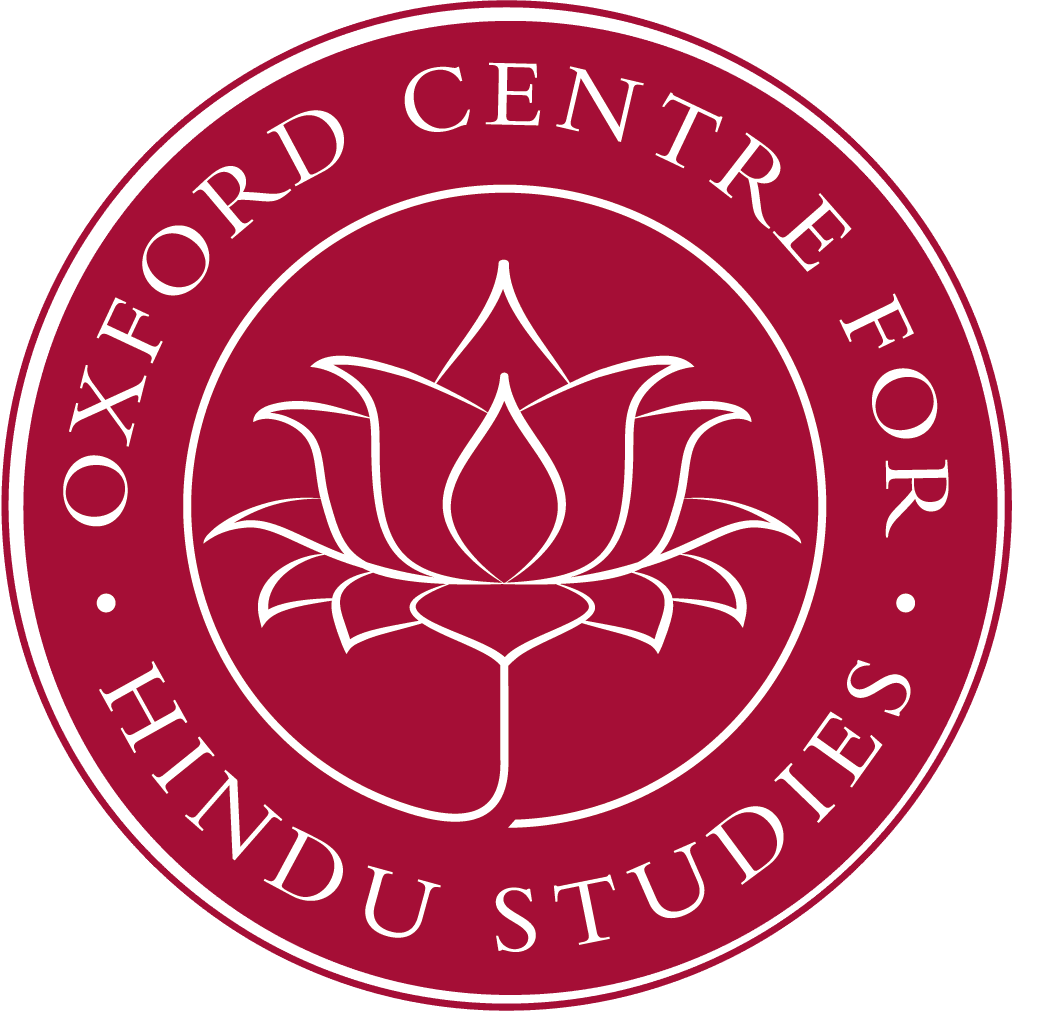Shivdasani Lecture
The third lecture is on the “Sanatani” Mahatma. Sanatani here may be taken as both the perennial Gandhi, but also the Hindu, in the sense of Sanatana Dharma, Gandhi. This lecture, thus, attempts to ask what aspects of Gandhi outlive him, but also in what ways he was the quintessential, perhaps the greatest, Hindu of his times. Such questions, understandably, assume greater urgency in a post-Hindutva India. If we closely examine his life, we notice not just how radically Gandhi modified and reformed the Hinduism that he had inherited, but also how deeply he renewed and burnished it. Some of the most challenging tensions in Gandhi’s thought, including his critique of modernity, may be better understood, if not resolved, if we see his key ideas in a sanatani perspective. It is such a non-exclusive reading of Gandhi that can help us move beyond both the reductionism of Hindutva and of a self-constitutively secular academic discourse itself. In all, these four presentations are not merely academic explorations of Gandhi’s life and thought, but also investigations into what it may mean to be (neo)-Gandhian in our times. Makarand Paranjape is a Professor of English at Jawaharlal Nehru University, New Delhi. A critic, poet, fiction writer, and literary columnist with over thirty books and 100 published academic papers to his credit, he is also the author of more 250 reviews, notes, and popular articles. His latest book is Another Canon: Indian Texts and Traditions in English (Anthem Press, forthcoming).The third lecture is on the “Sanatani” Mahatma. Sanatani here may be taken as both the perennial Gandhi, but also the Hindu, in the sense of Sanatana Dharma, Gandhi. This lecture, thus, attempts to ask what aspects of Gandhi outlive him, but also in what ways he was the quintessential, perhaps the greatest, Hindu of his times. Such questions, understandably, assume greater urgency in a post-Hindutva India. If we closely examine his life, we notice not just how radically Gandhi modified and reformed the Hinduism that he had inherited, but also how deeply he renewed and burnished it. Some of the most challenging tensions in Gandhi’s thought, including his critique of modernity, may be better understood, if not resolved, if we see his key ideas in a sanatani perspective. It is such a non-exclusive reading of Gandhi that can help us move beyond both the reductionism of Hindutva and of a self-constitutively secular academic discourse itself. In all, these four presentations are not merely academic explorations of Gandhi’s life and thought, but also investigations into what it may mean to be (neo)-Gandhian in our times.
